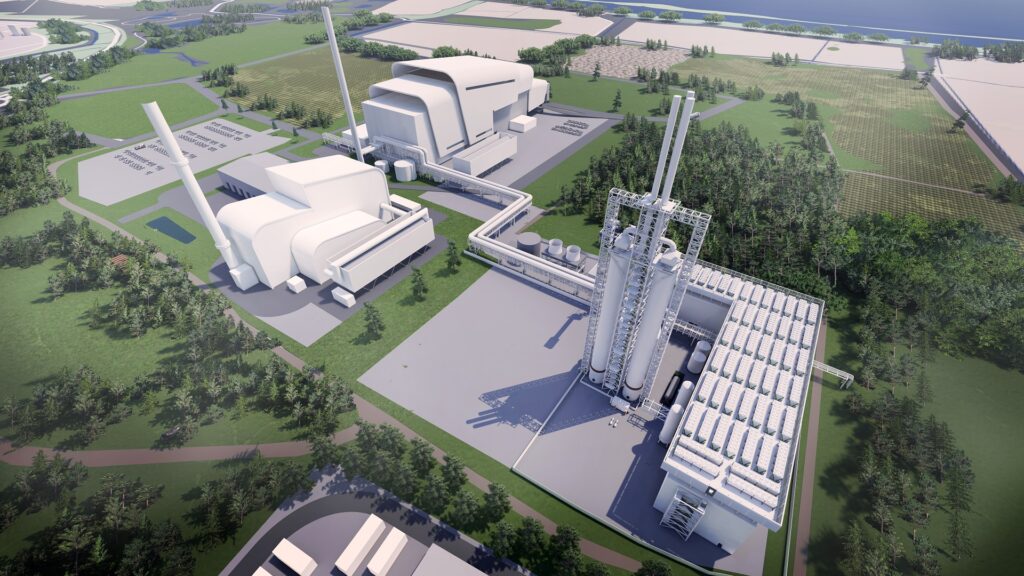The urgency comes because from July 16, 2004, hazardous waste can no longer be diluted (co-disposed) with non-hazardous waste for disposal in landfills. It must go to landfills licensed for hazardous waste only, under the terms of the Landfill Directive.
Speaking at the letsrecycle.com hazardous waste summit yesterday, the Environment Agency's hazardous waste policy manager Roy Watkinson said that only 23 sites have applied for licences to take hazardous waste. In 2002, 240 sites accepted hazardous waste in UK. Some of these 23 sites are also applying only for specific types of waste, such as asbestos, and only 11 are merchant facilities.
Separate cells
A further 30 sites have applied for licences for separate hazardous waste cells, but these will only be able to accept material pre-treated which is stable and non-reactive. These separate cells would be constructed adjacent to cells at landfill sites which take in non-hazardous waste.
But, a big question hangs over the separate cells as even if permission is given for them, planning, engineering and financial constraints could mean the cells were not in use for months or even much longer.
The chair of the treatment capacity task force of the Hazardous Waste Forum, Gill Weeks, said that 3.3 million tonnes of hazardous waste each year will need to be dealt with, but “we don't have anything like the capacity we need”.
In fact, she said with the difficulties in applying for planning permission, coupled with new European hazardous waste criteria coming into force in 2005, there might not be sufficient hazardous waste treatment and disposal capacity until 2009.
Stockpiled
Explaining potential contingency plans, she said: “Most of the waste will have to be stockpiled until the facilities are available. I hope we are not going to see another regulatory nightmare of the kind we saw with fridges.”
Patrick Pointer, technical group manager for Shanks pointed out that this could mean the UK would need storage capacity for 10 million to 15 million tonnes of hazardous waste until preparations for the new regulations are complete.
Ms Weeks, who is regulatory affairs manager at Cleanaway, said exporting some waste might be an option, but this could only be a fraction and only if it was to be recycled or recovered.
Pre-treatment
Ray Alderton, head of landfill policy, at the Department for Environment, Food and Rural Affairs, reminded his audience of the need for treatment of all hazardous waste prior to landfill from July 2004. The availability of facilities to do this, he conceded, is in some doubt. But he suggested that there was some flexibility in treatment and sorting options which could see the reduction of the hazardous nature of the waste. And he emphasised that short-term difficulties had to be overcome so that there could be more concentration on medium and long term improvements to how the UK manages its waste.
Mr Alderton also confirmed that following the ban on co-disposal on July 16 2004, there will be an interim year befored all hazardous waste going to landfill would have to meet the EU-wide Waste Acceptance Criteria in July 2005.
“The July 2005 implementation, subject to conditions,” he said, “will allow disposal to landfill of wastes that fail to meet the waste acceptance criteria to continue in 2004/5.”
And, he added that the Hazardous waste Regulations were still being finalised and unlikely to be implemented before March 2005 with July 2005 a potential date. These regulations will replace the Special Waste Regulations 1996 and will include the revised European Waste Catalogue which extends the scope of hazardous waste.
Among the conditions, said Mr Alderton, are that the Agency will regulate the disposal to landfill on a site by site basis, using loading rates and risk assessment. And, treatment of hazardous waste will need to meet principles of acceptance criteria and a three point test.
Contaminated soil
Mr Alderton also highlighted the widespread existing practice in the UK of taking huge volumes of contaminated soil from brownfield sites and sending the to landfill.
He said: “For years we have taken this dig and dump approach, but it is not something that should continue. Simply taking the soil from one location and dumping it in another is not sustainable because it still leaves a contaminated site that will have to be dealt with by generations to come.”
Explaining that in the past many developers found this an easier and cheaper solution than treating the soil, Mr Alderton urged the construction industry to consider the treatment of contaminated soil on brownfield sites, as often happens in the rest of Europe.
-
The Environment Agency has published a report expressing concern at the “temptation for illegal waste activity” that may arise from the new hazardous waste regulations. The report is available at the Agency's website or by phoning 0845 9333 111.











Subscribe for free